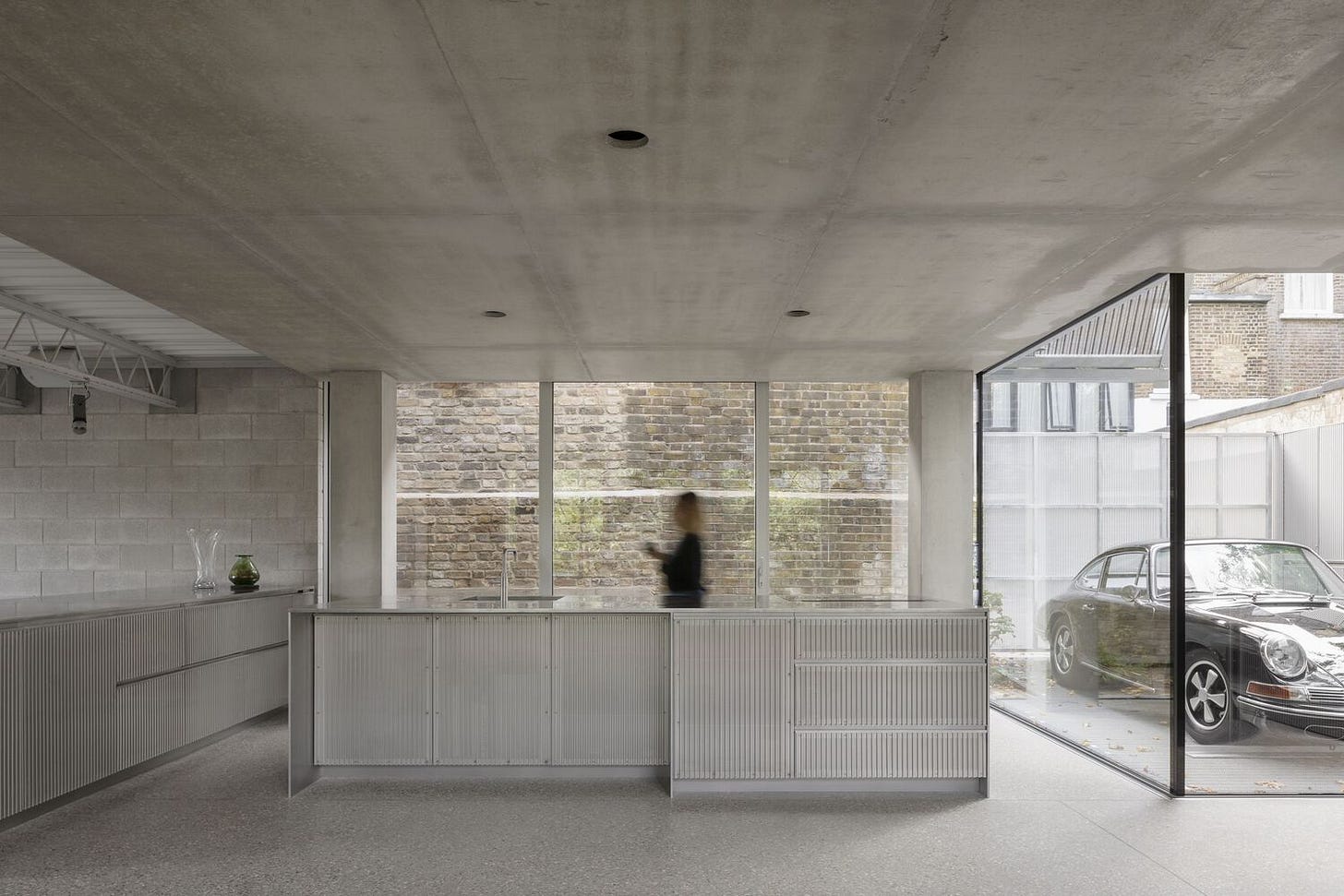Extending the extension
A Norman Foster-designed extension gets a new home
I love extensions. The designer in me loves the dialogue between the spaces. (The practical part of me probably realizes if there’s ever any hope of owning a home, I’ll have to work with what’s there already.1)
Good extensions are a balance of complements and contrasts, old and new, what was and what could be. Reciprocal House is a perfect example of this—and that’s because it’s not just an extension; it’s an extension extended.2
Tucked away behind a Victorian pub in a Hampstead mews is Reciprocal House, replacing a dilapidated3 1860s worker cottage. Hampstead began as a small village. Over the years, it’s transformed into a vibrant, creative neighborhood — its architecture too has evolved, creating a diverse array of styles from Victorian, to Gothic, to Modern, to Edwardian, to Brutalist.
The transformation tells a story of how design has evolved throughout the years, not just in the character of the neighborhood but within the homes too — that’s exactly what Norman Foster set out to do.
In 1968, Foster was tasked with designing an extension provide more space for the family and modernize the interior of the cottage. This was one of Foster’s first projects, and one of his very few residential projects (now overshadowed by his more iconic works like Apple Park and The Gherkin).
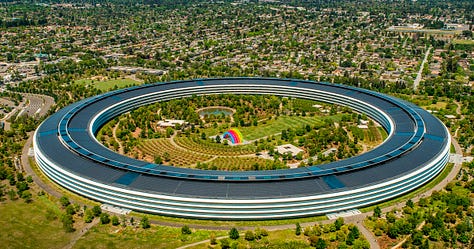
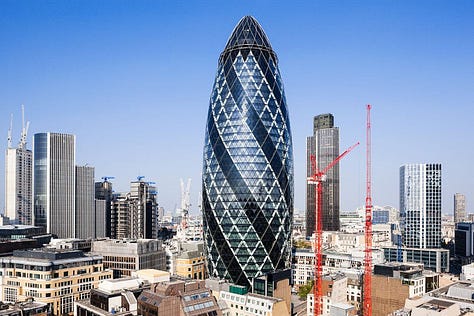
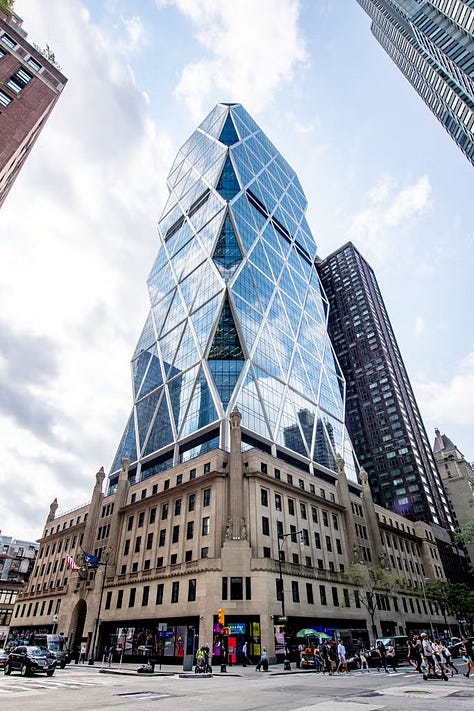
Despite being just two years into his own practice, you can see the conviction he had in his style and beliefs: sleek steel frames, concrete blocks, and these massive, light-catching windows. It was bold, but it didn’t overshadow the old cottage. Instead, it made the old feel relevant again, a motif that continues today in much of Foster’s work (see: Hearst Tower).
It’s rare (and exciting) to come across a project like this that was designed so early on in an architect’s career that shares so many similarities with their later projects, especially considering the differences in scale.
Fast forward to today, and the cottage was in desperate need of renewal. Enter Gianni Botsford Architects, who took on the challenge of extending the extension without erasing what came before. They didn’t just replace the cottage—they reimagined it.
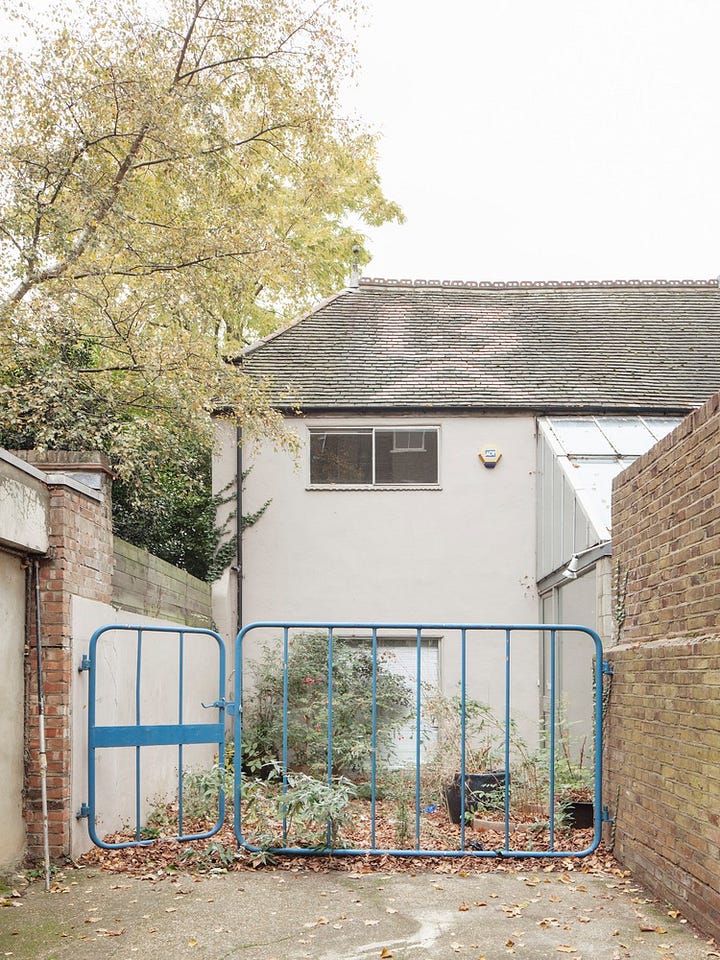
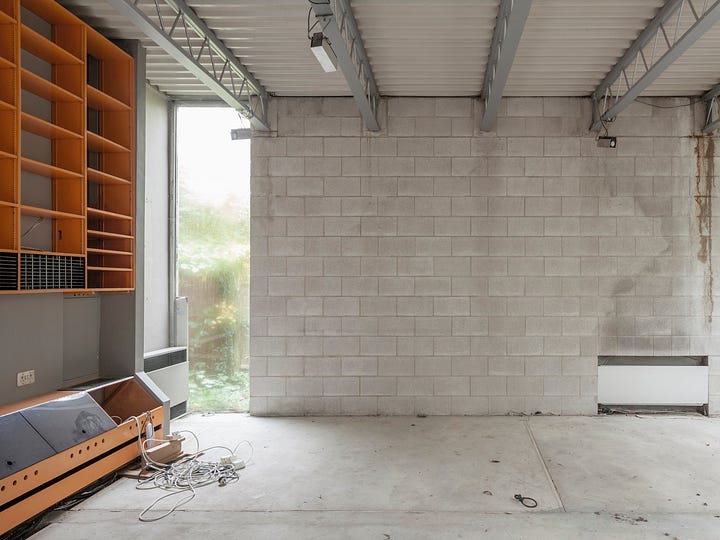
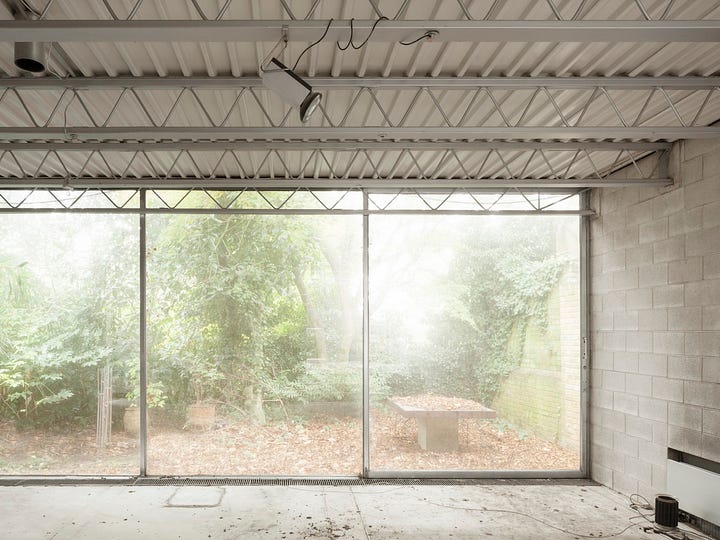
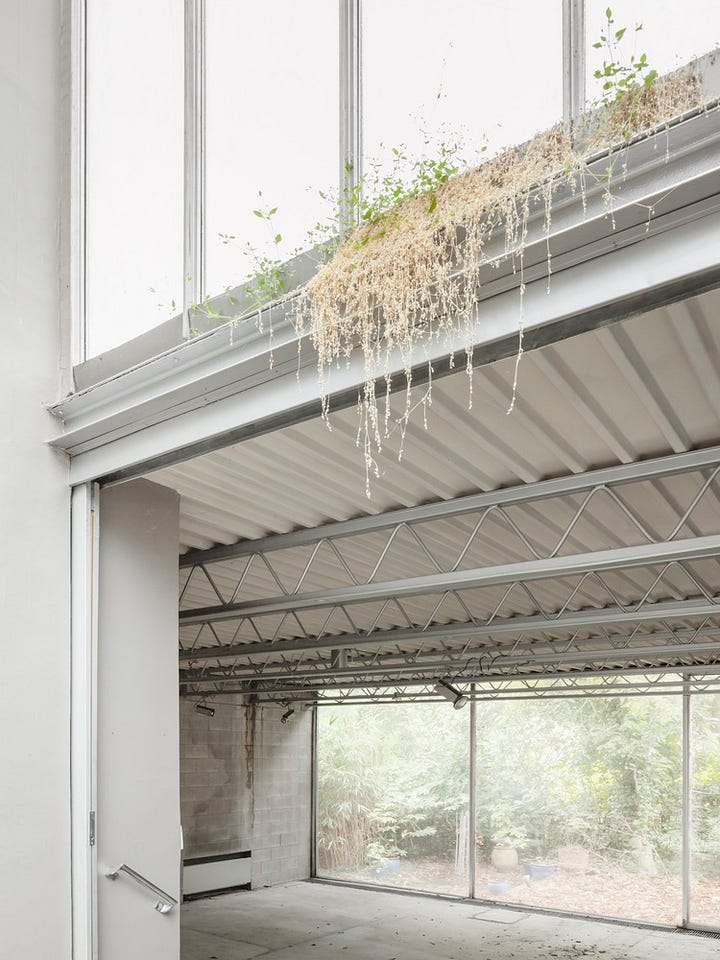
Aptly named, Reciprocal House takes cues from both the original cottage design and Foster’s extension to create something distinctly its own.
Foster’s extension—with its simplicity and transparency—showcased a radical shift in architectural thinking when it was built in 1968. At the time, his use of lightweight steel frames and expansive glass walls represented a commitment to clarity, openness, and an embrace of modern materials that prioritized function without losing elegance. Foster’s philosophy was rooted in the belief that architecture should enhance human experience, prioritizing light, space, and adaptability while maintaining a sense of harmony with its surroundings.
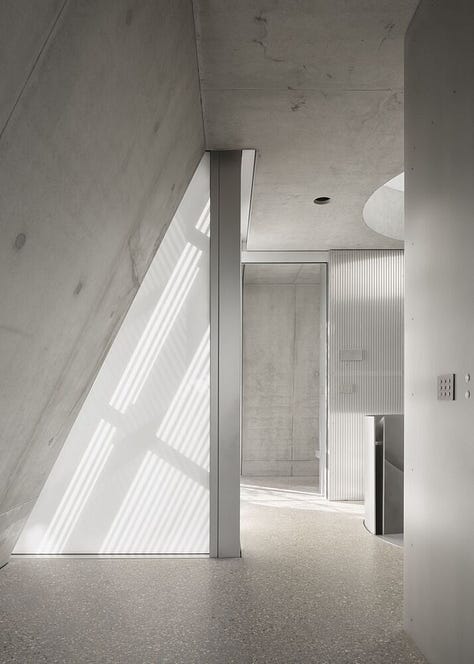
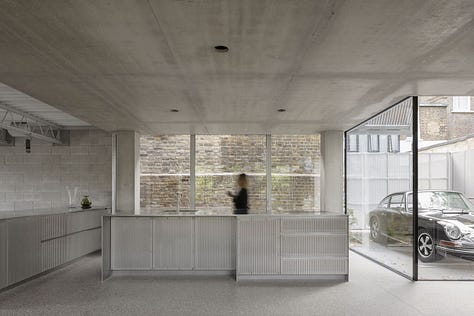
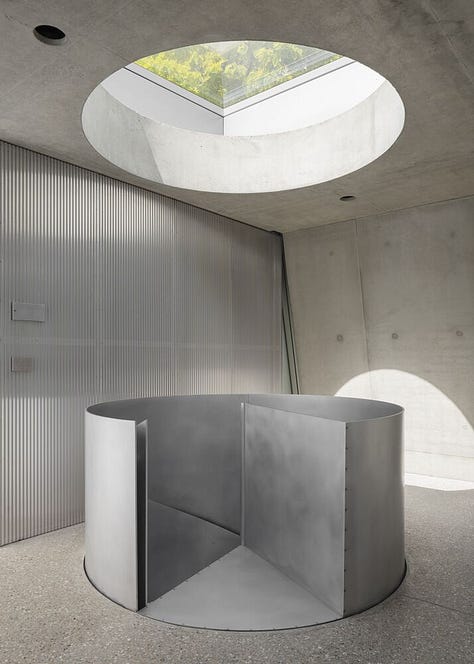
Botsford’s new addition builds on these ideas, rooted in and reflecting Foster’s principles. The expansive glazing on the ground floor mirrors Foster’s love for light-filled spaces, taking care in incorporate the surrounding garden into the home. The perforated aluminum roof echoes Foster’s emphasis on adaptability and thoughtful materiality, filtering sunlight in a way that feels natural and intentional. The angular geometry of the new addition complements Foster’s clean, structural clarity while introducing a contemporary edge, bringing its own angular forms to the conversation. The materials remain consistent: concrete and aluminum, clean and precise. And the silhouette of the house reflects that of the original worker’s cottage (and those in the neighborhood).
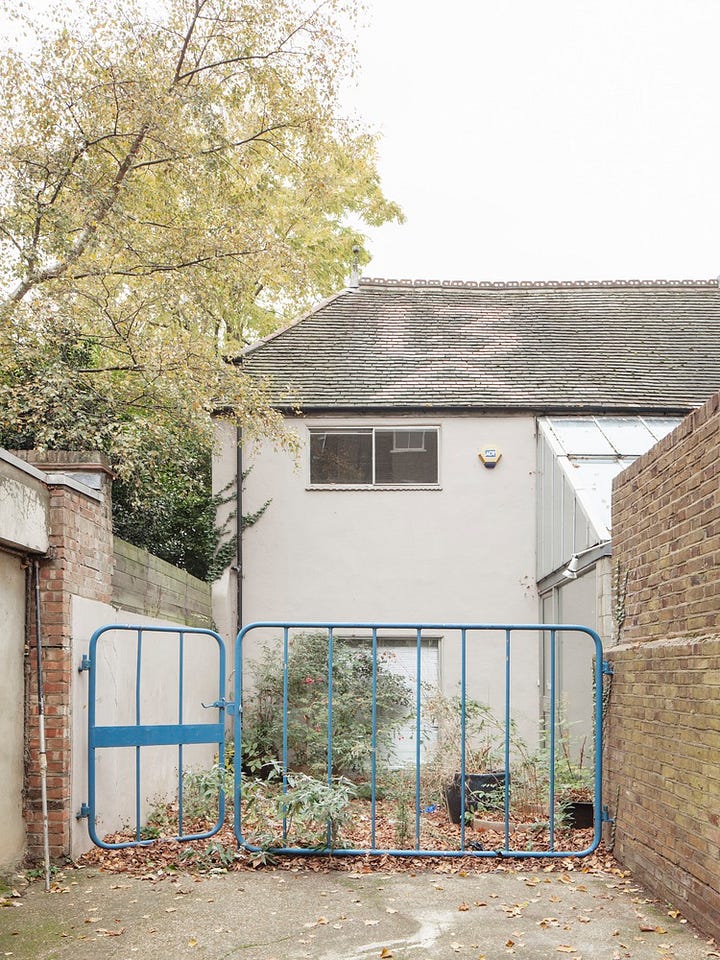
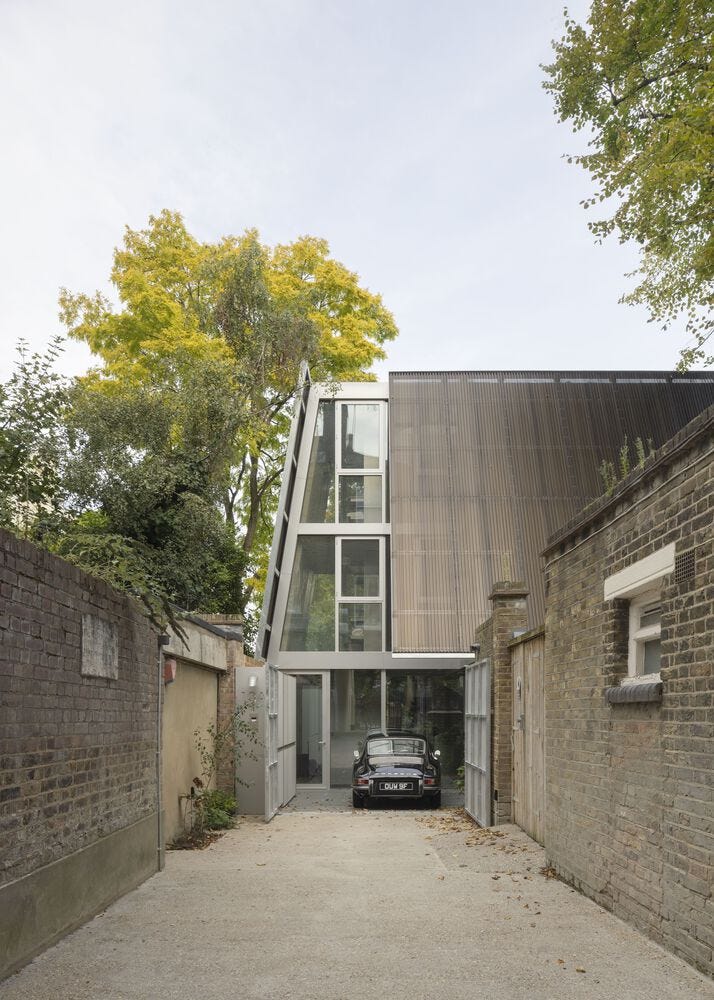
It’s easy to romanticize the past — Hampstead is the kind of place where every street feels like a curated exhibit of architectural history. But it’s just as easy to dismiss a weathered concrete structure, overlooking the original philosophy and significance of its design at the time. I think the reason so many people dislike contemporary architecture is that so many (bad) projects abandon their connection to the heritage of the place.4 Good projects find a balance between the old and the new — they tell the story of the place.
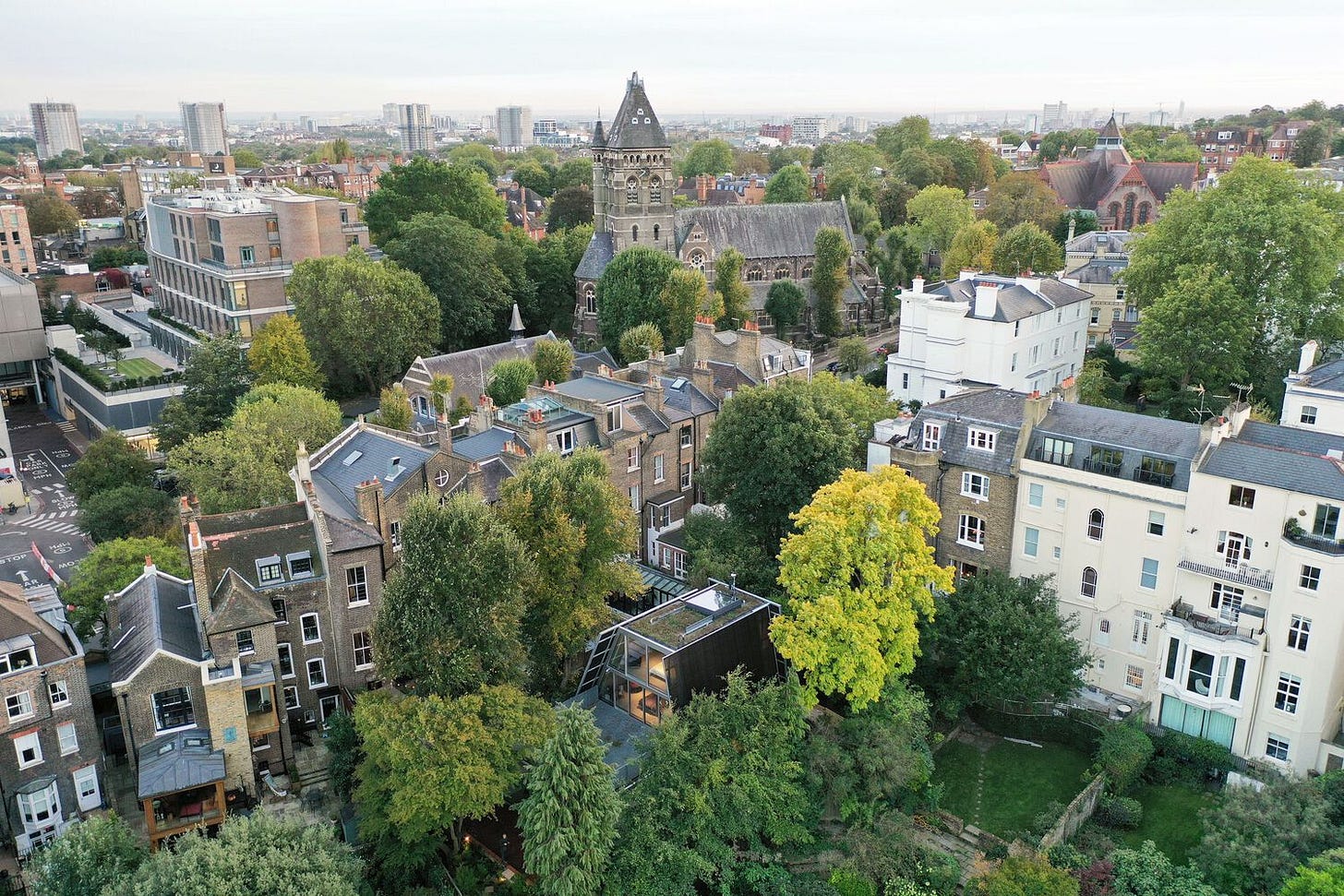
Architecture isn’t merely about aesthetics; it’s a reflection of ideas, values, and a dialogue with its time. The challenge—and the opportunity—is in recognizing which of those ideas deserve to be carried forward.
As always, thanks for reading! You can learn more about the Reciprocal House on Linear-Magazine.com.
Linear is a publication for the Architecturally Curious, devoted to exploring and understanding the built world around us. Subscribe to this newsletter for editorials and hand-curated collections of projects worth learning about.
Please don’t tell me how much an extension costs I’m not ready to give up my dream
“House of Theseus,” anyone?
If I had a nickel for every time an architect used this word…
This can also happen when the connection to the place becomes so abstracted it becomes impossible for a layperson to intuitively understand




